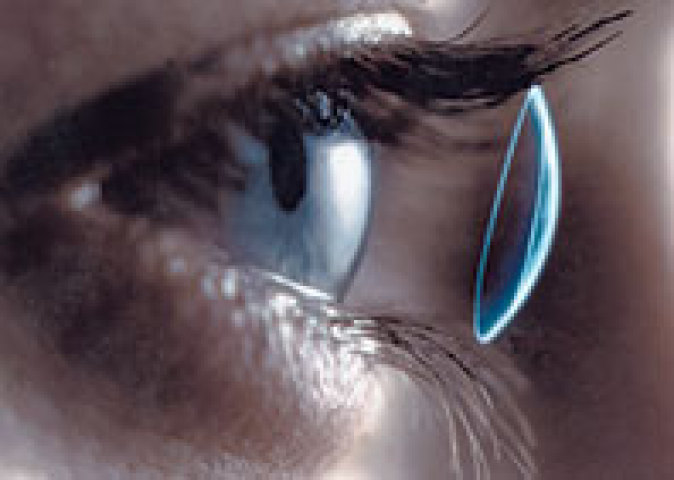A therapeutic contact lens

Glaucoma, one of the leading causes of blindness in the world, is impossible to cure. However, it is possible to prevent this degeneration through surgery, using laser or with a drug, latanoprost, administered to the eye in the form of droplets. But patients, the elderly in particular, often find it difficult to keep up the treatment and take their eye drops regularly.
To help with this, scientists of the Harvard Medical School, led by Joseph Ciolino, in partnership with researchers at MIT, have developed a contact lens that releases the drug in a continuous manner. Although they were not the first to come up with the idea, they have recently developed a process which enables therapeutic doses of the drug to be delivered over the course of at least one month. In previous tests, the contact lenses would release their entire payload in the space of a few minutes.
The contact lens has a thin film of encapsulated polymer which holds the active ingredient and administers it slowly and evenly. As it is located on the edge of the inner surface of the lens, the film does not impede vision. In addition, the contact lens model is not unique. It can be neutral for people who have no sight problems, or corrective for those with near-sightedness or farsightedness. Above all, it can intrinsically contain other active ingredients, and thus become a therapeutic tool for fighting other ocular pathologies. The future looks brighter.
Successfully tested in the eyes of four monkeys, the medicinal contact lens must now prove itself on the human eye.
More information
http://eye.hms.harvard.edu/news/drug-dispensing-contact-lens





